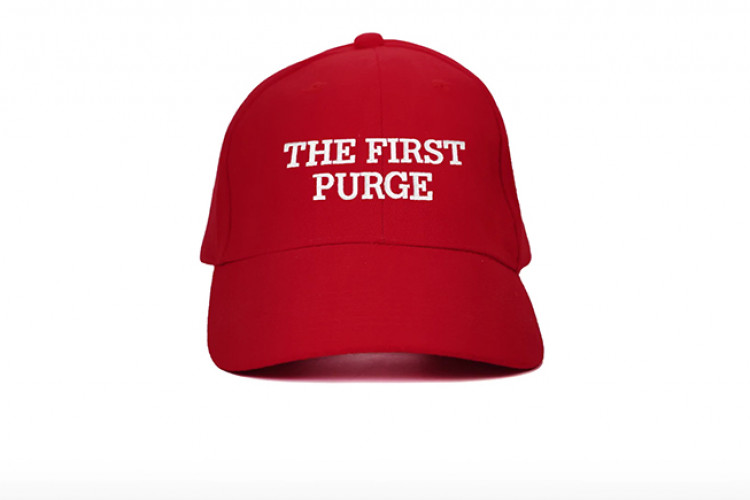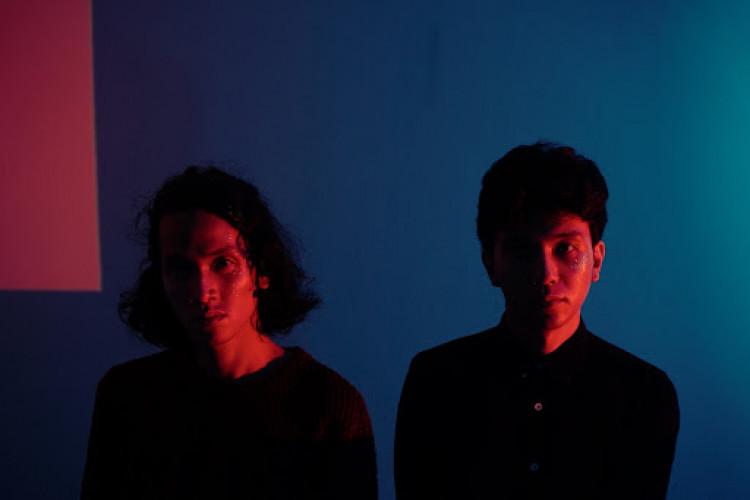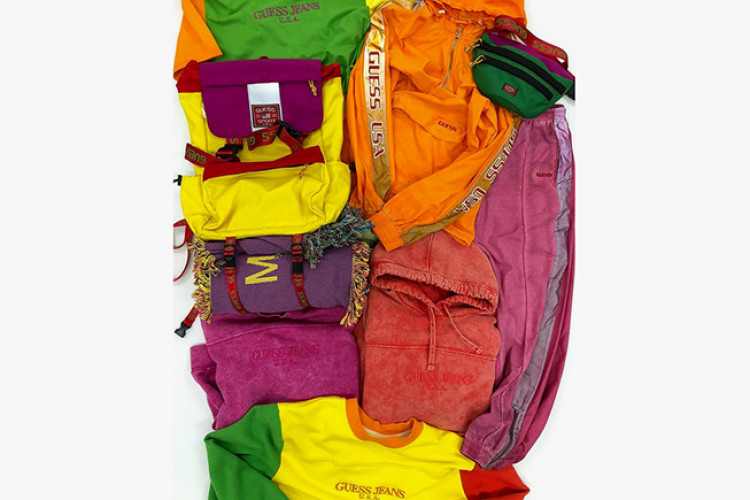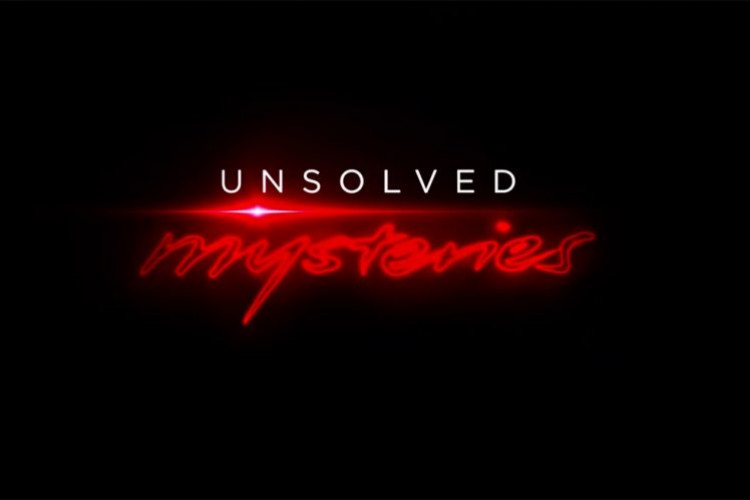Ceramics and Fine Arts with Sekar Puti (Derau)
Muhammad Hilmi (H) talks to ceramic artist Sekar Puti of Derau (D).
by Ken Jenie
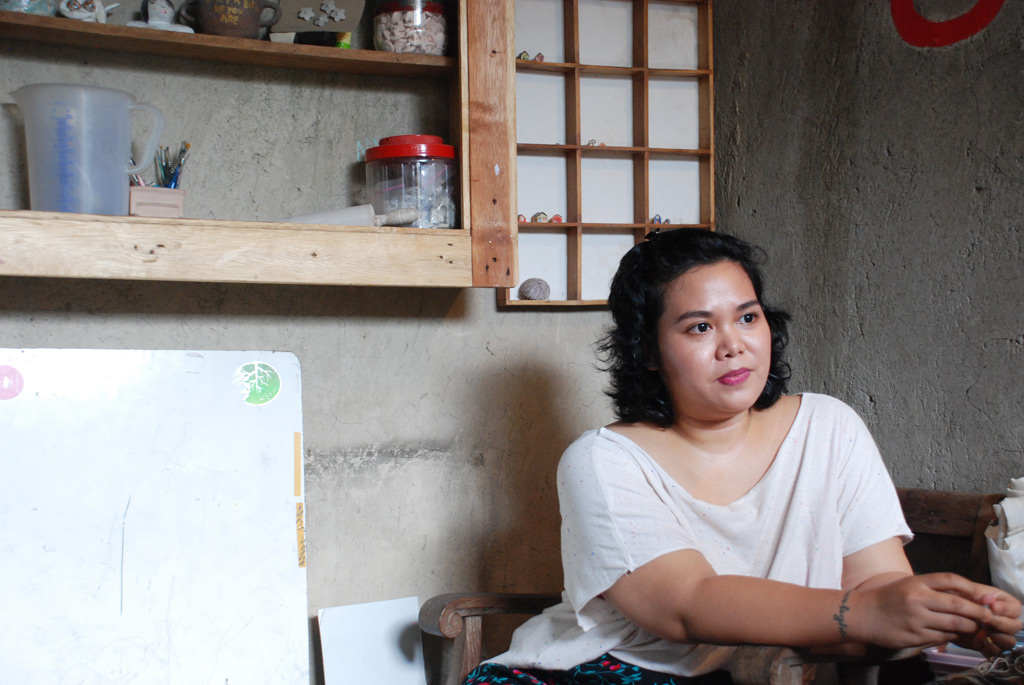
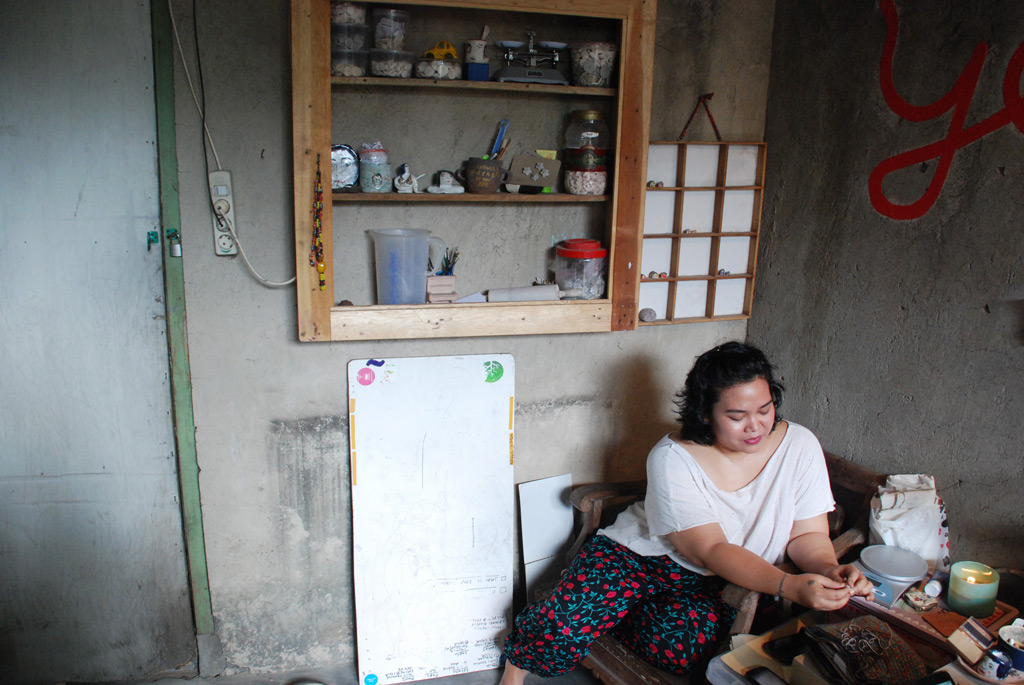
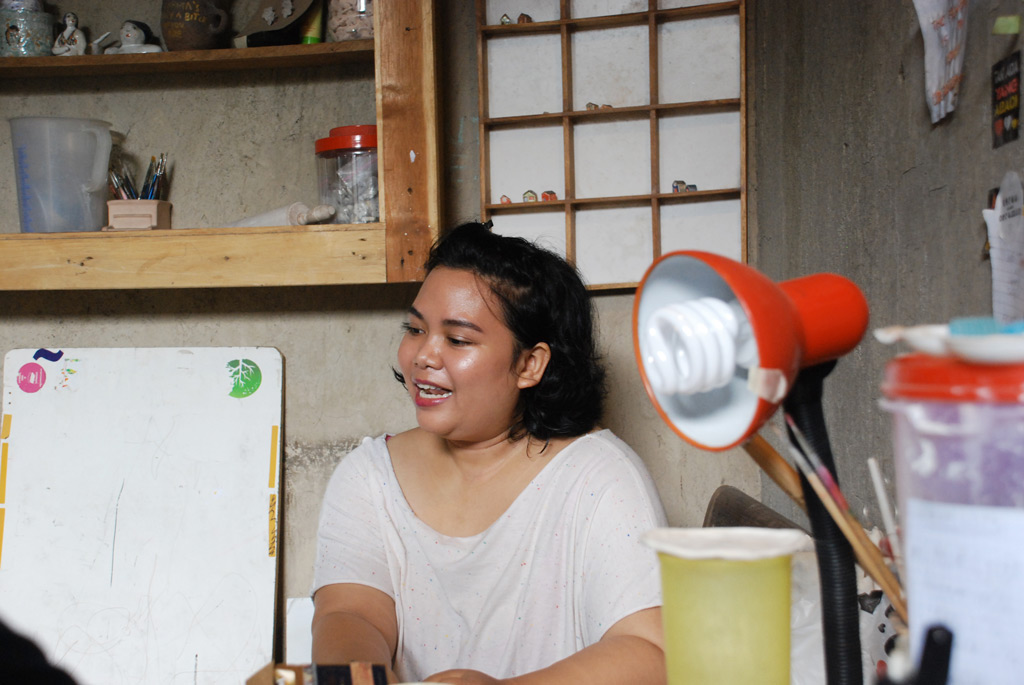
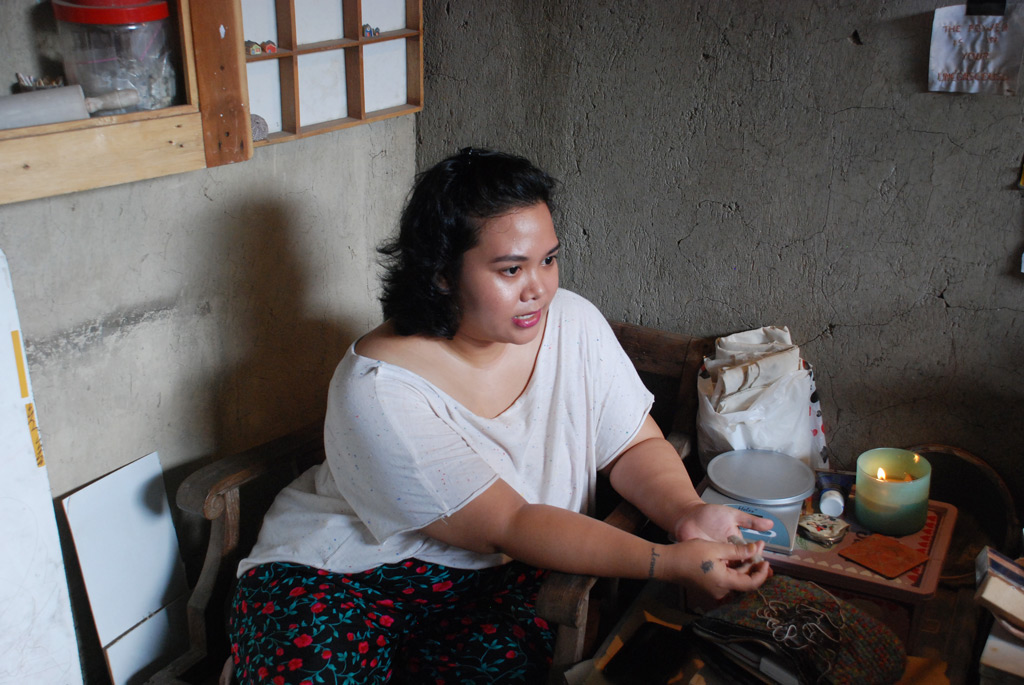
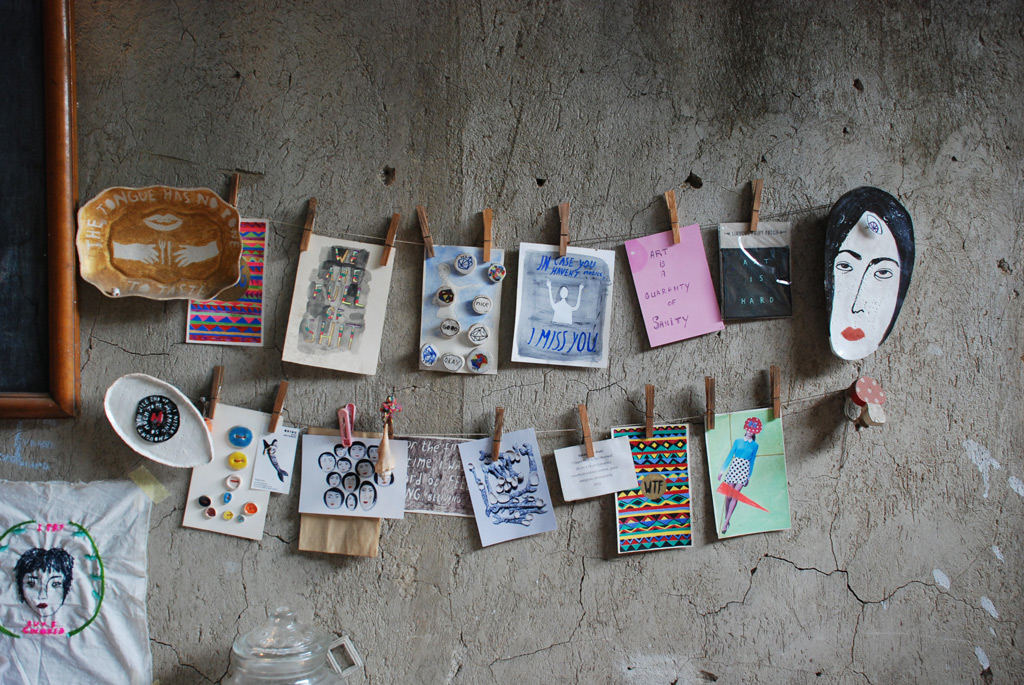
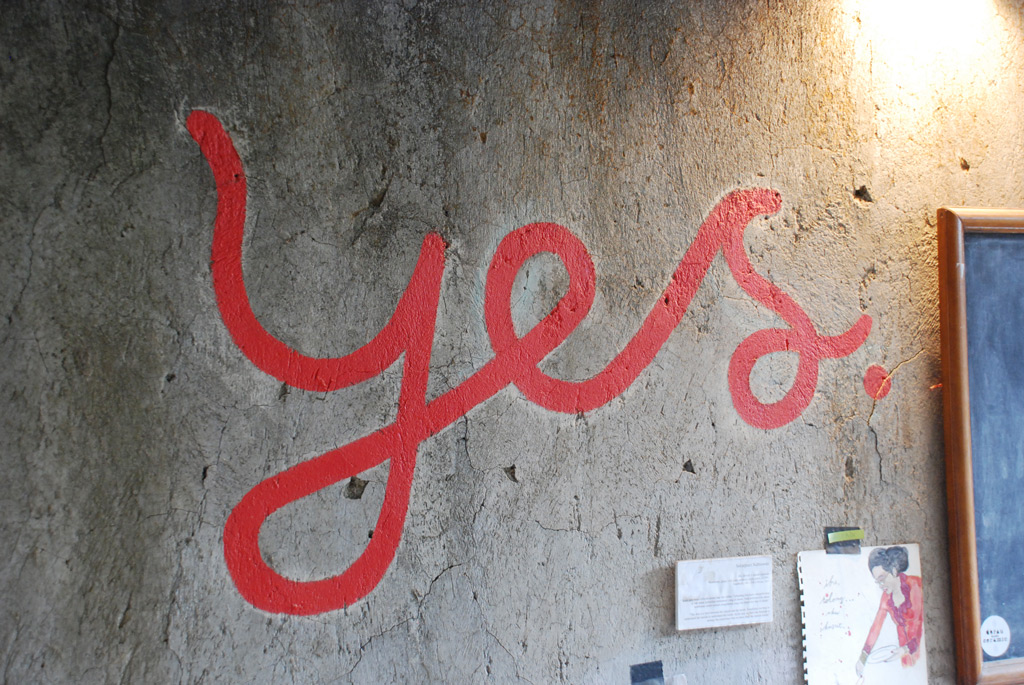
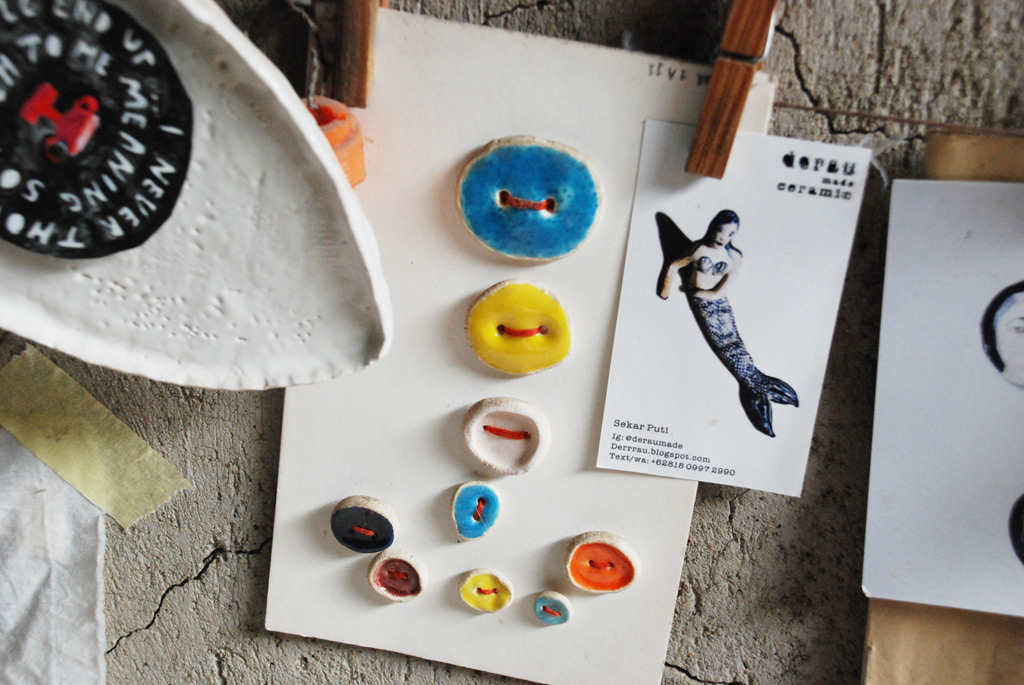
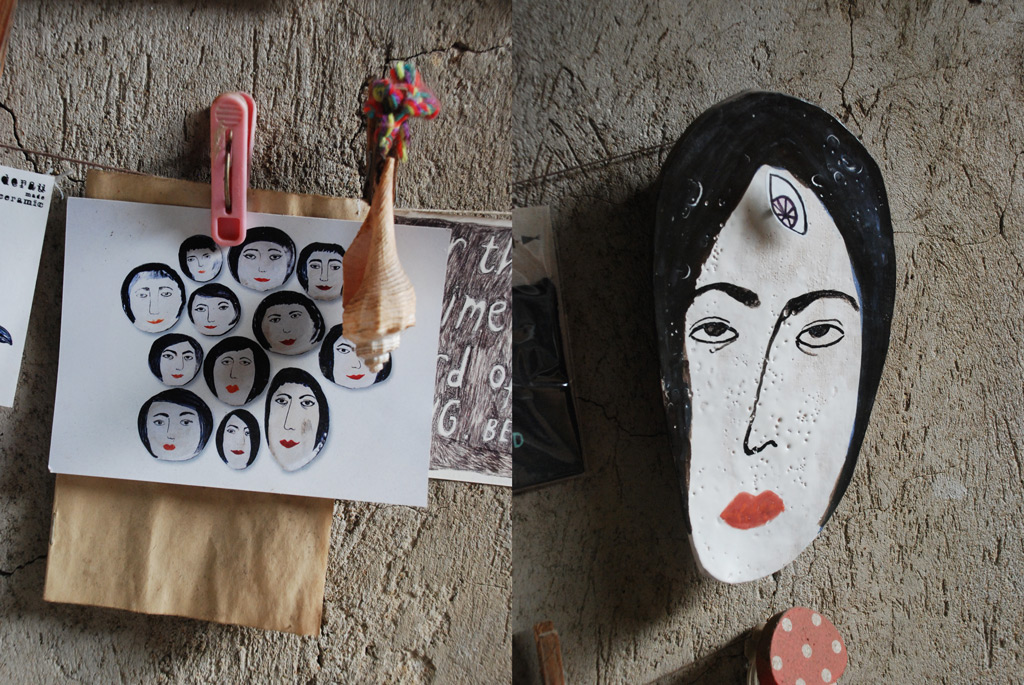
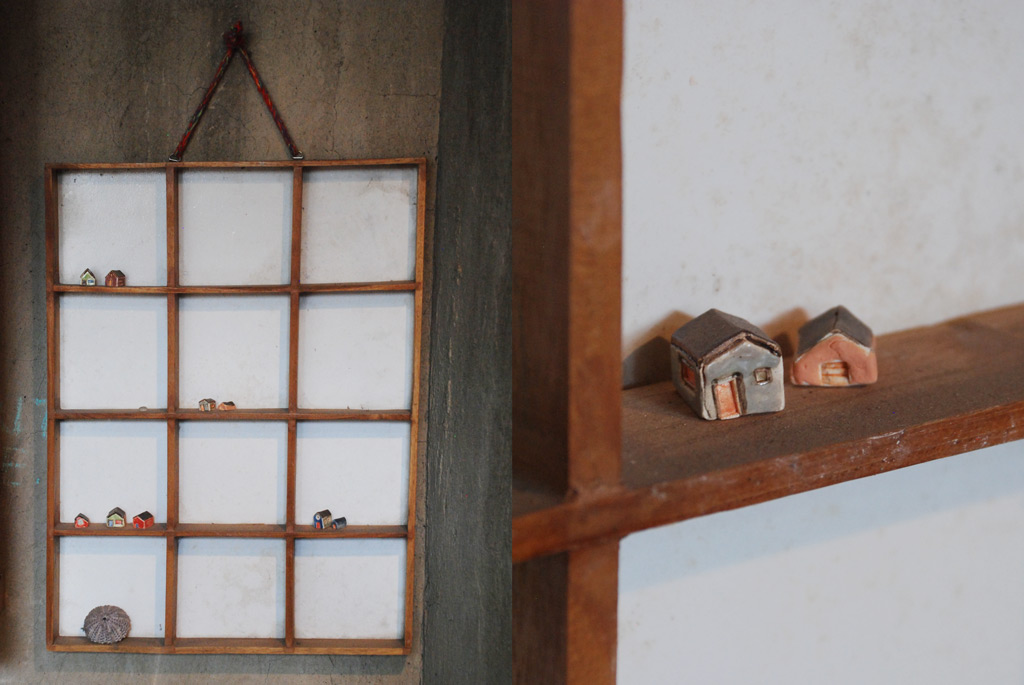
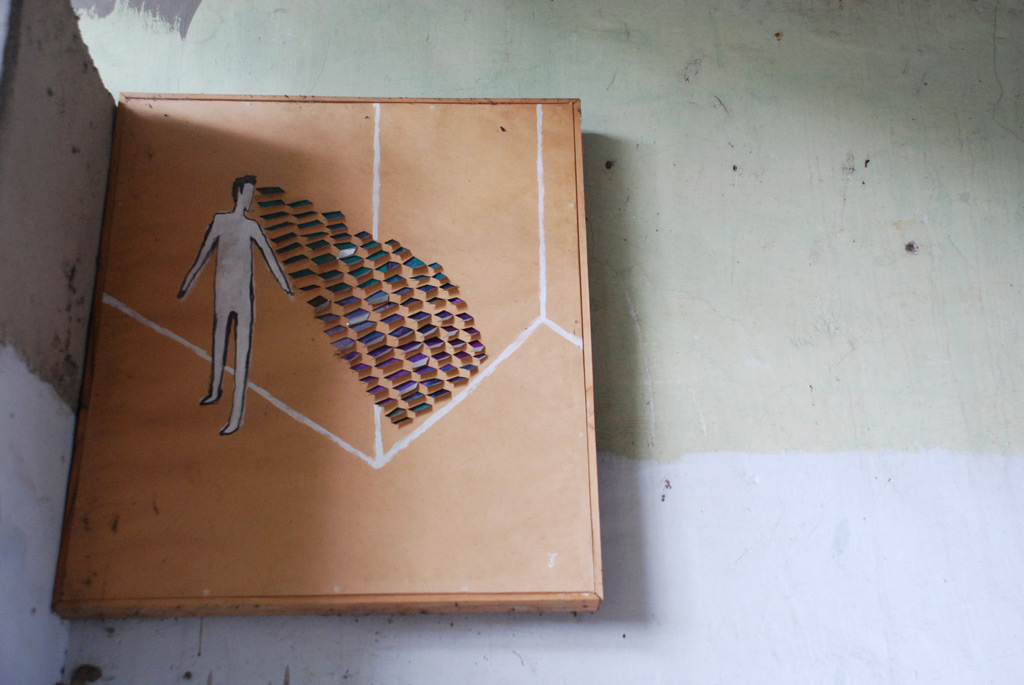
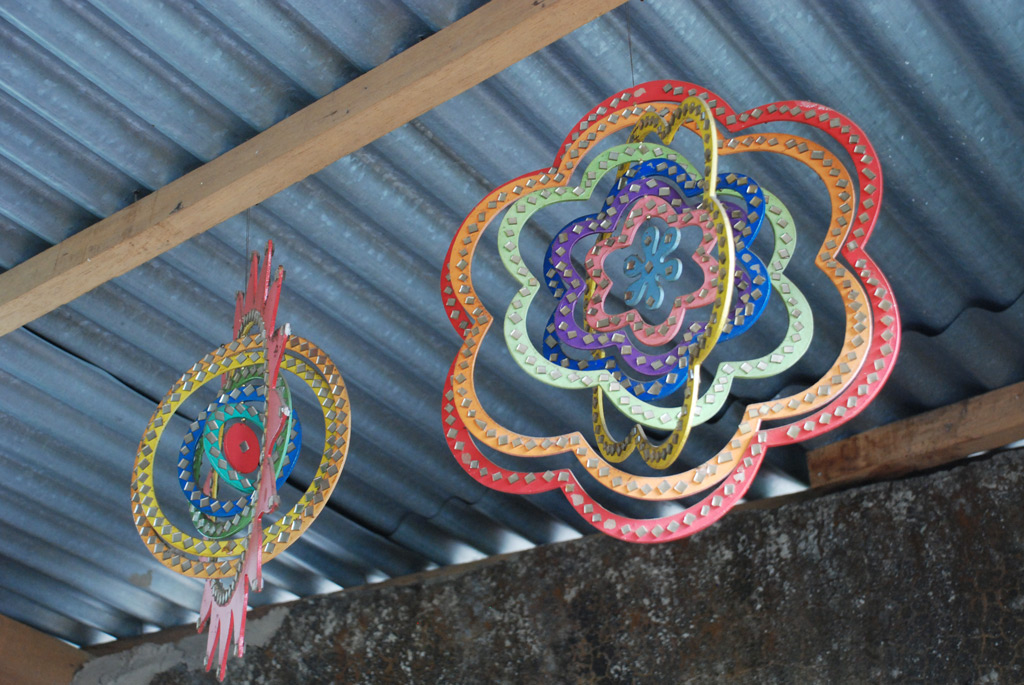
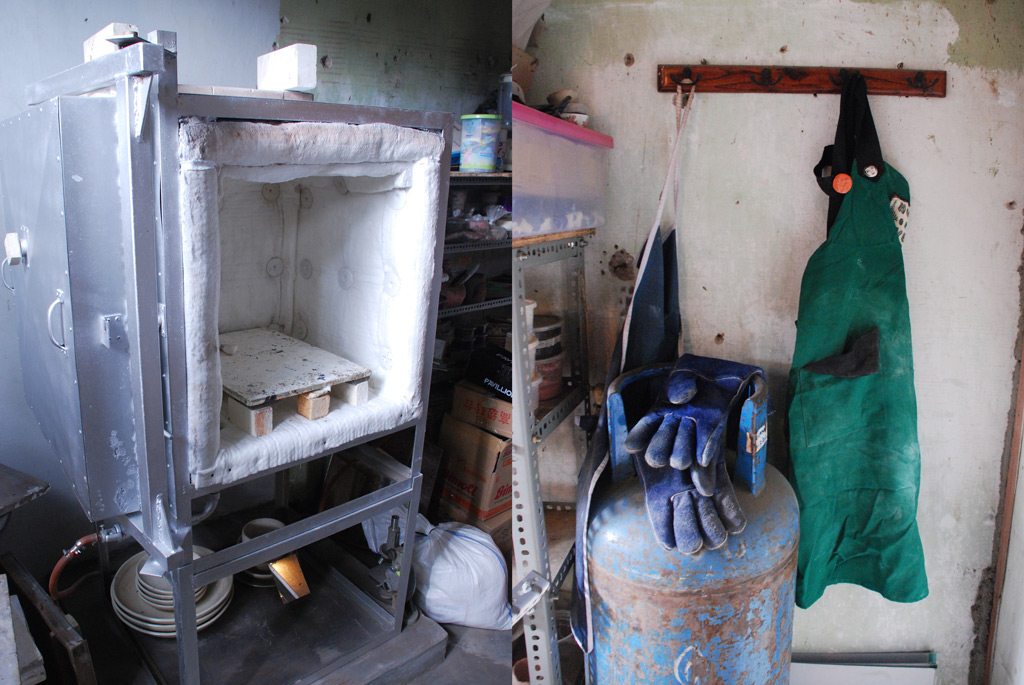
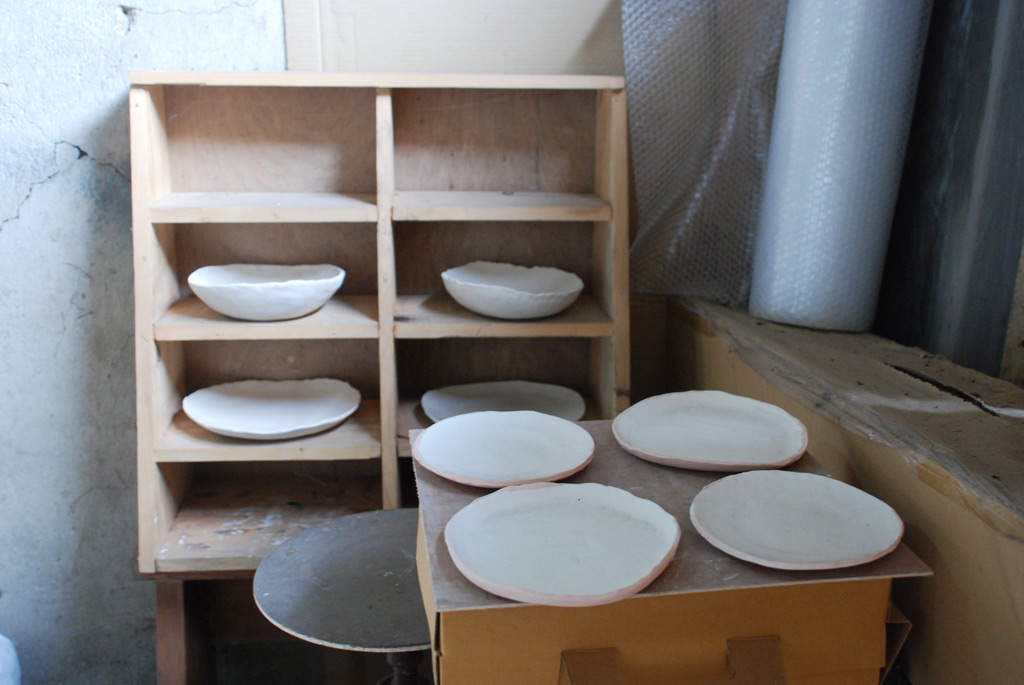
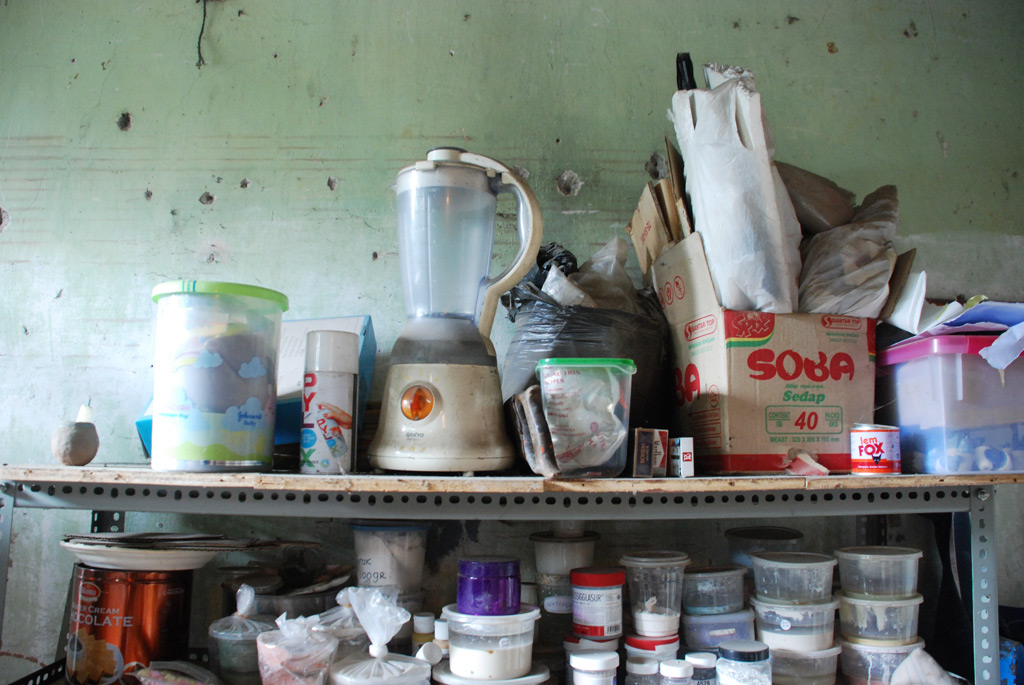
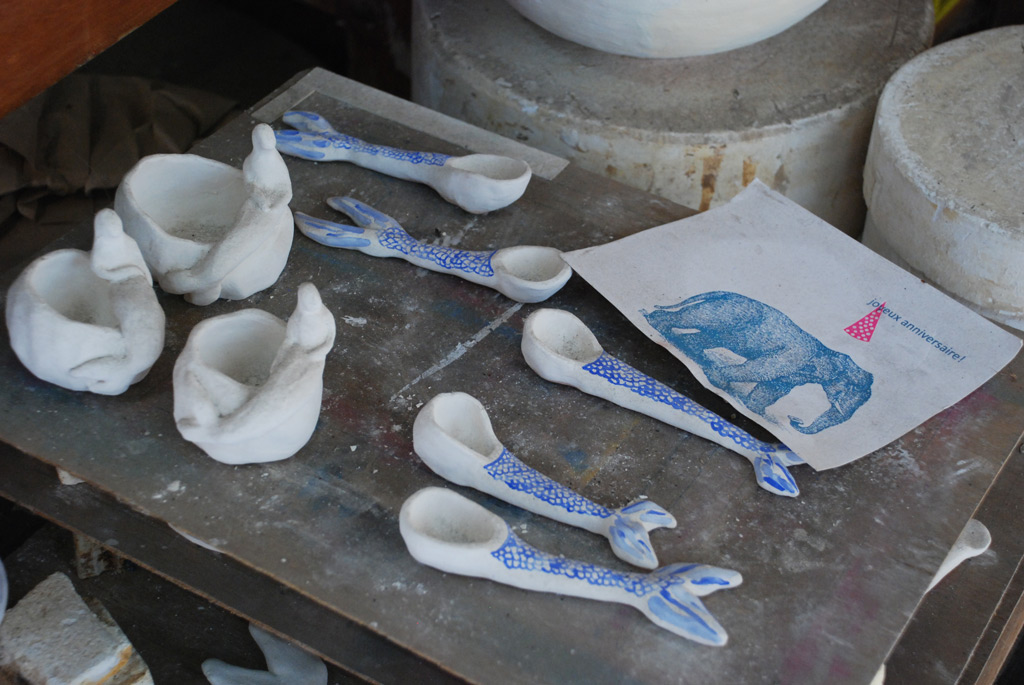
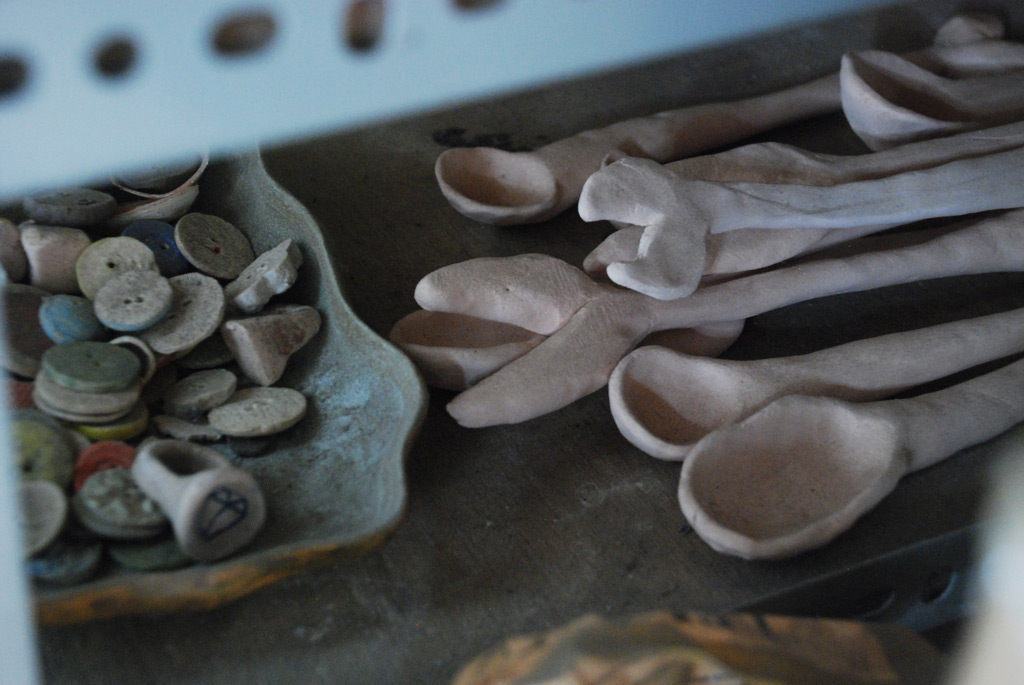
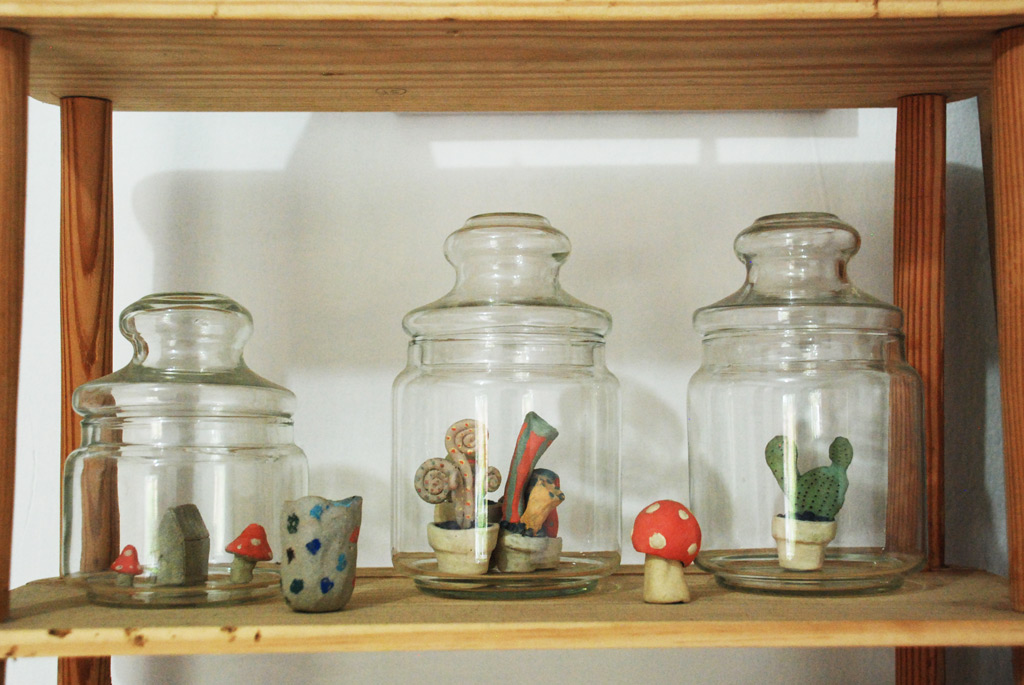
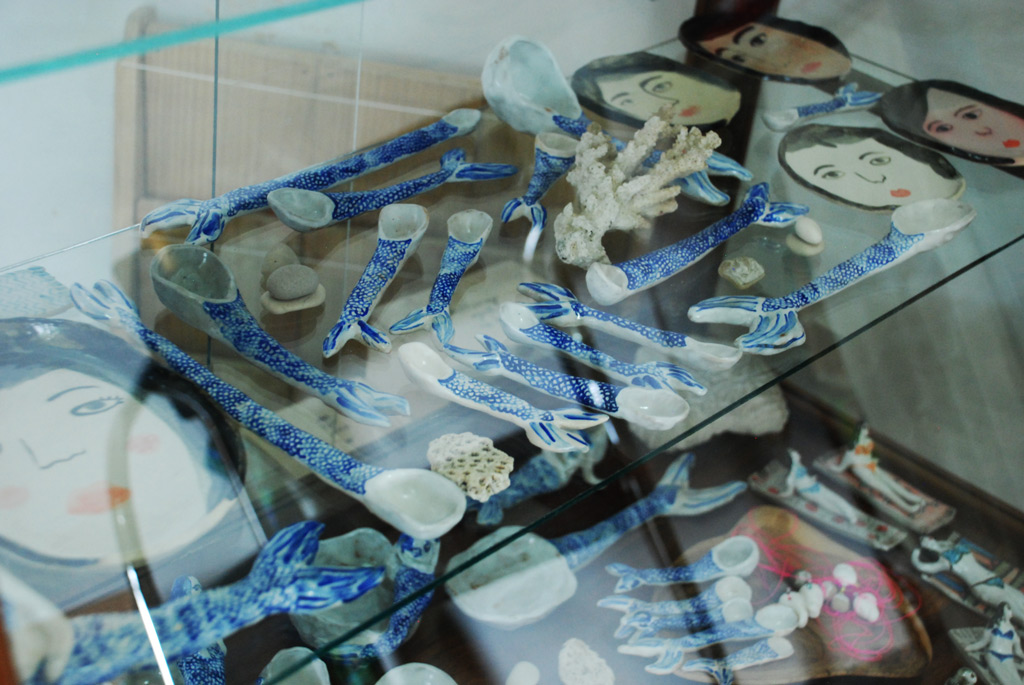
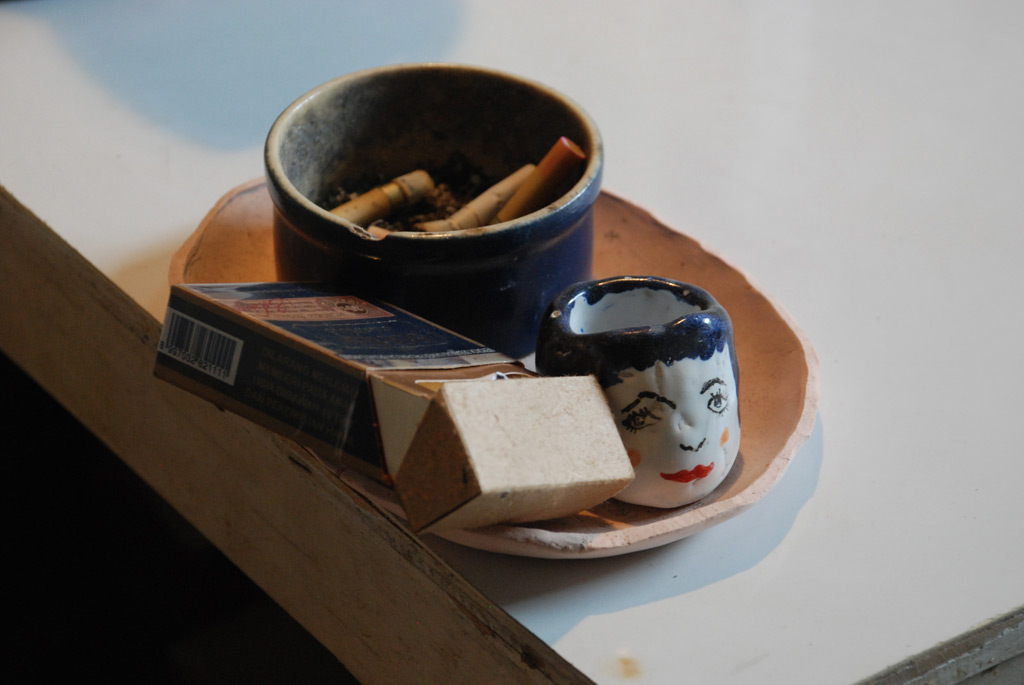
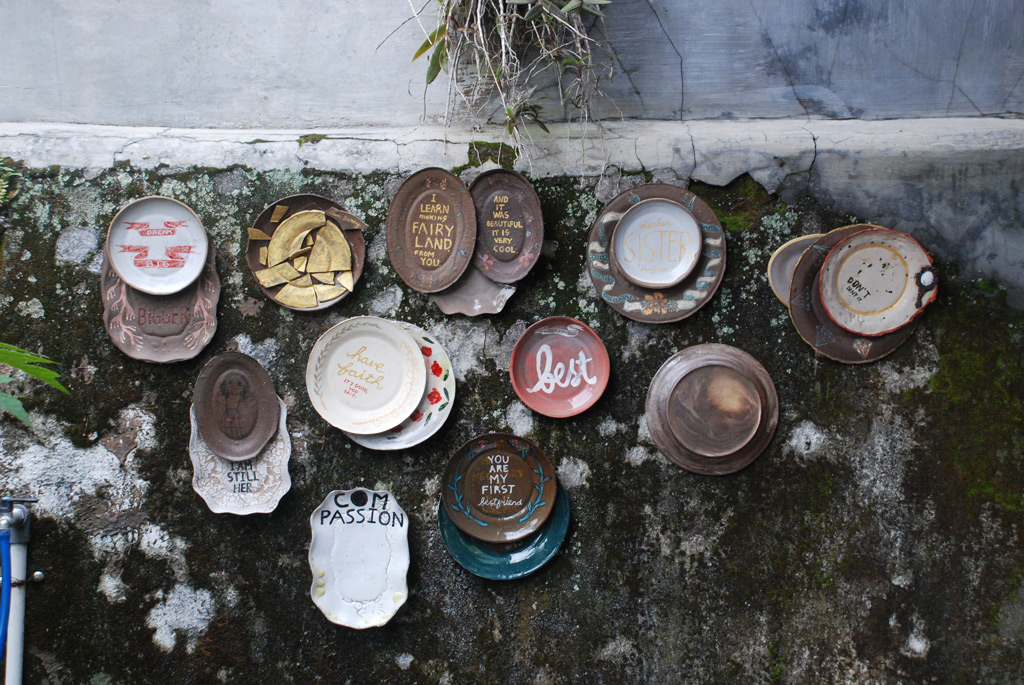
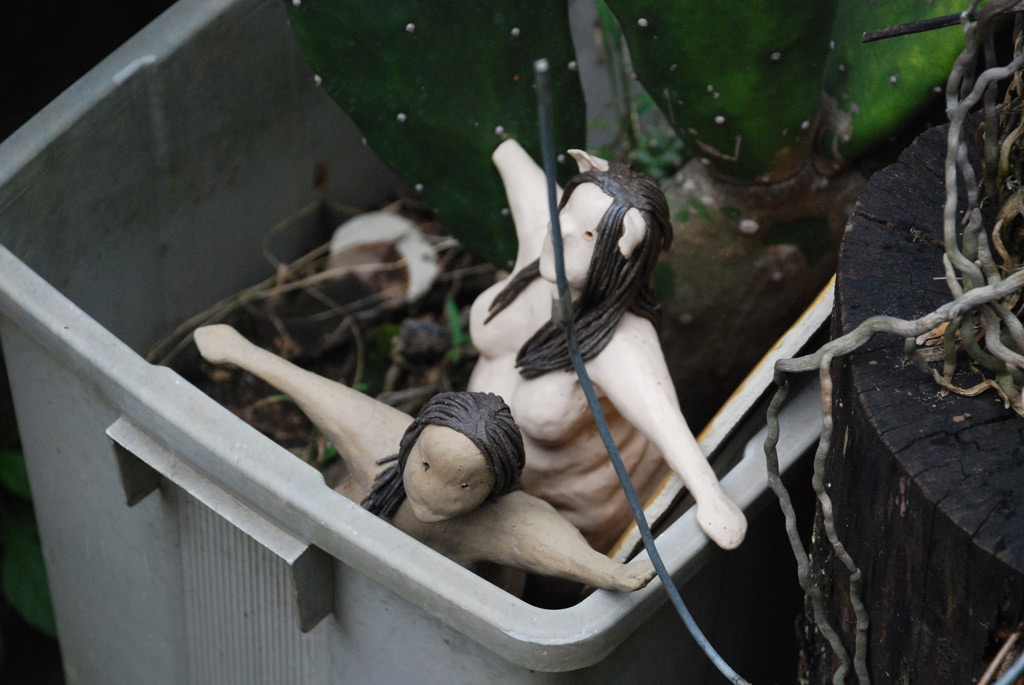
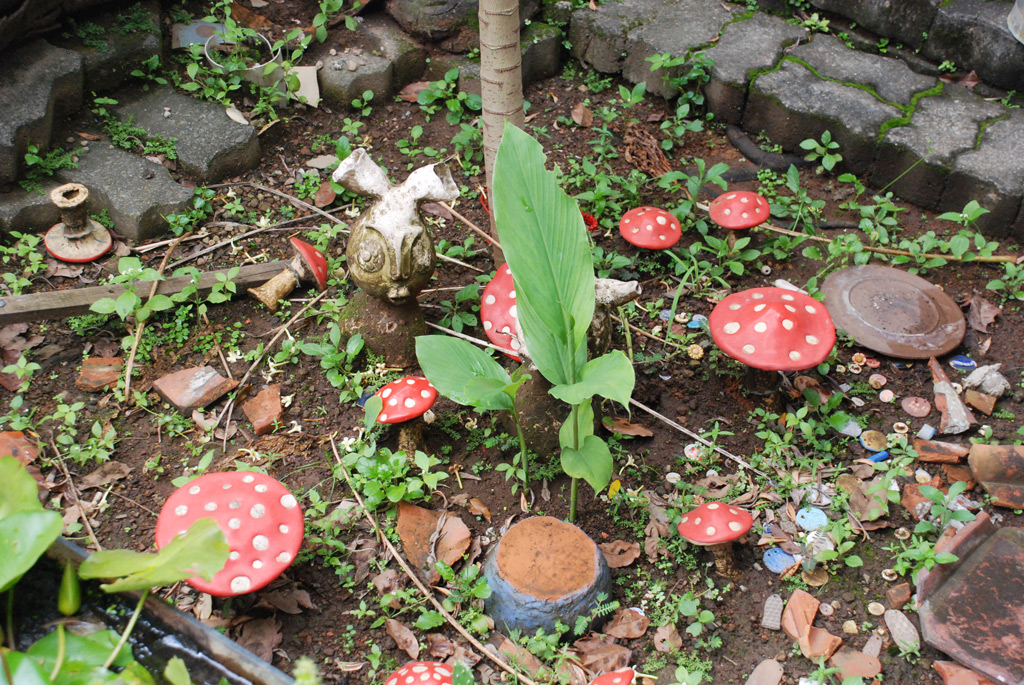
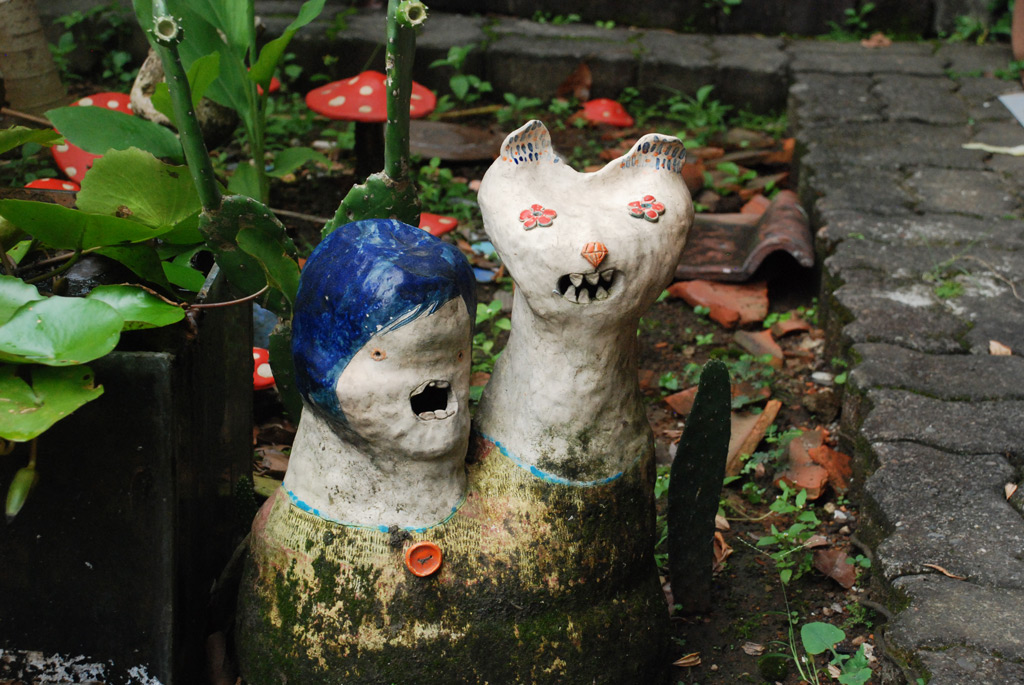
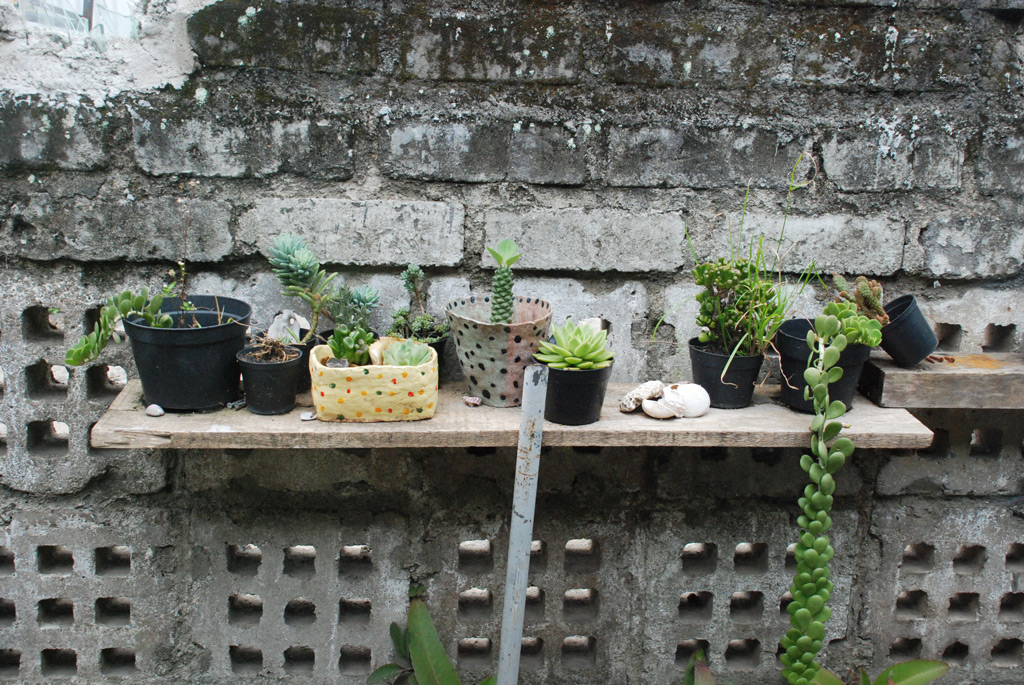
H
You have worked using different mediums before focusing on ceramics. Could you tell us how you decided on ceramics?
D
Enjoying the material and process – as painstaking as it may be, I find it therapeutic. Ceramics is tactile, the ability to directly touch and form the honest earth – I cannot find it in other mediums – for example, drawing. I used to draw, I was hesitant to use ceramics at first. But after having some experience with ceramics, I found that it is a more introspective process than drawing. Ceramics was a match for me.
H
How big of an influence was your studies as a graduate of Institut Teknologi Bandung’s (ITB) Ceramic Arts program?
D
At this point I realize how big of an influence it was. I wouldn’t have been convinced to continue with ceramics if I didn’t study it at ITB. Funny enough, I decided to take ceramics when I entered college because I wasn’t sure at the time whether or not I wanted to be an artist or an entrepreneur. During my time, the only studio that accommodated this doubt was ceramic arts.
Now I can see that, through Derau I can touch a more “commercial”-side of art.
H
It bridged your interest in art and entrepreneurship?
D
Yes, exactly.
H
What is the ceramic program like in ITB?
D
We are given quite a lot of freedom. During our first year we are introduced to the technical study of ceramics, but even that wasn’t too rigid. We were allowed to fail by the professors so we can understand how to do the process correctly. Sometimes the professors would only teach class perhaps once – that made it fun, though. Looking back, I wouldn’t have so much freedom and imagination in creating if the direction was too rigid.
H
So that is perhaps one of the reasons why your ceramics are unconventional?
D
Yes, definitely (laughs).
H
What is the inspiration behind your designs?
D
I am inspired by women (laughs). I have been inspired by women even before college. I was very much into feminism, and find women’s social position in society very interesting. When I was about to marry and was doing my final college project I saw women with a new meaning, a more positive light, less from a resistance-angle. The differences between men and women are very inspiring.
H
Is that also a reason you do ceramics, as it is a medium that is associated with womanhood?
D
Yes, I find that the medium really is closely associated.
H
Could you tell us the story behind your mermaid character?
D
That is based on the mermaid story by Hans Christian Andersen. It is a very sad story, but I find it poetic and beautiful – it’s about a girl that a prince didn’t expect to love, but would do anything for – it’s very girly and princess-y (laughs). It really is that simple. It is honest and poetic.
I was also inspired by Chinese pottery that uses cobalt. That was my inspiration on the more technical side.
H
As for local inspirations, is there a signature Bandung ceramics? Such as areas around Malang have?
D
I wonder if it does as well. I see Bandung as quite the industrial city, as in neat and neatly framed pieces. During my studies we had to create neat ceramics – I didn’t enjoy it (laughs). It frustrated me, and I finally embraced my flaws – it’s better to be myself.
H
Where do you get your material?
D
I have various sources. I get it from artisans, suppliers, Kleret, earth from different places – right now I’ve been using material from Sukabumi.
H
Does it have its own character?
D
Yes. It is suitable for hand-built ceramics, which is what I do. Its glaze/finish looks more natural – more textured.
H
Ceramics is an art that could be both decorative and functional. What about Derau?
D
It is both. When someone buys the product, they can use it for sauce, plants, or simply let it sit there as decoration. Derau products are intended to be functional, though.
In exhibitions, such my last one in the Jakarta Contemporary Ceramic Biennale, my work isn’t intended to be functional.
It depends on the purpose and event.
H
What is the contemporary ceramic scene like?
D
I can’t give you a definite answer, but I think that the contemporary ceramic scene is closely related to art because I see many of my peers having strong art backgrounds. The scene seems quite disconnected from the traditional ceramic scene, even when Indonesia has a long history of ceramics.
H
Are there obstacles you face for doing ceramics in Indonesia? Perhaps getting material?
D
When talking about material, there are definitely obstacles compared to the west. In Indonesia, we usually have to mix our own glazes. My supplier, for example, only has white and clear glazes. In the west, there are many varieties, and seem commonplace.
H
Is because the scene is perhaps not as established as its western counterparts?
D
Perhaps. I think it is also because of the industry. The ceramic industry is already established and is quite big. Ceramic-ers cannot work independently without acknowledging the industry, and I believe there is a strong influence by it.
H
Any interesting stories from exhibitions you have been involved with?
D
I can’t comment much on it because I have never had a solo exhibition. What I find interesting is that there is a hierarchy of mediums in fine arts. Ceramics, as a medium that is close to craft, is seen as having less value. This was why during my first exhibition experiences I chose to talk about ceramic material under the umbrella of domestic use. I tried using the biases towards the medium as the strength and subject.
I guess an interesting story would be that people often see my exhibition work as very different from my products and my kitschy style (laughs). People have also commented something along of “oh, this piece must have been made by this old lady” (laughs). I do have an old lady’s soul; it’s fun finding out about myself at exhibitions. I’m looking forward to making a solo exhibition.
H
When will that be?
D
Hopefully by the end of this year.
H
What will your artwork be like?
D
It must be different from Derau. I believe it’s time for me to separate Derau from my personal artwork. Right now, there are people who are buying Derau projects, and I believe this demand affects my perspective on how I create.
H
What will Derau be in the future? Are you planning to make it a bigger project? .
D
Of course. I have an aspiration to make Derau more industrial. I need a studio assistant, get a new kiln, management, etc. It’s very different from making personal art. I used to use my kiln for one single piece, I can’t do that with Derau – Derau needs to be more realistic.
H
What is your creative process like?
D
It usually starts with conversations with people about ideas, and as the idea gets refined I start sketching. I even sketch with ceramics, a mock up. Actually, that’s how Derau was first established – from the mockups. People asked me whether my mockups were on sale, which helped me become comfortable with this style.
H
And that ends our interview, thank you very much.
D
Thank you.






